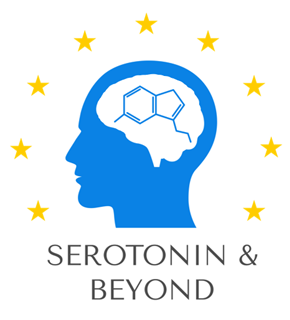Intrauterine Exposure to Antidepressants or Maternal Depressive Symptoms and Offspring Brain White Matter Trajectories From Late Childhood to Adolescence
March 20, 2024
BACKGROUND:
During pregnancy, both selective serotonin reuptake inhibitor (SSRI) exposure and maternal depression have been associated with poor offspring neurodevelopmental outcomes. In a population-based cohort, we investigated the association between intrauterine exposure to SSRIs and depressive symptoms and offspring white matter development from childhood to adolescence.
METHODS:
Self-reported SSRI use was verified by pharmacy records. In midpregnancy, women reported on depressive symptoms using the Brief Symptom Inventory. Using diffusion tensor imaging, offspring white matter microstructure, including whole-brain and tract-specific fractional anisotropy (FA) and mean diffusivity, was measured at 3 assessments between ages 7 to 15 years. The participants were divided into 4 groups: prenatal SSRI exposure (n = 37 with 60 scans), prenatal depression exposure (n = 229 with 367 scans), SSRI use before pregnancy (n = 72 with 95 scans), and reference (n = 2640 with 4030 scans).
RESULTS:
Intrauterine exposure to SSRIs and depressive symptoms were associated with lower FA in the whole brain and the forceps minor at 7 years. Exposure to higher prenatal depressive symptom scores was associated with lower FA in the uncinate fasciculus, cingulum bundle, superior and inferior longitudinal fasciculi, and corticospinal tracts. From ages 7 to 15 years, children exposed to prenatal depressive symptoms showed a faster increase in FA in these white matter tracts. Prenatal SSRI exposure was not related to white matter microstructure growth over and above exposure to depressive symptoms.
CONCLUSIONS:
These results suggest that prenatal exposure to maternal depressive symptoms was negatively associated with white matter microstructure in childhood, but these differences attenuated during development, suggesting catch-up growth.
Journal: Biological Psychiatry CNNI
